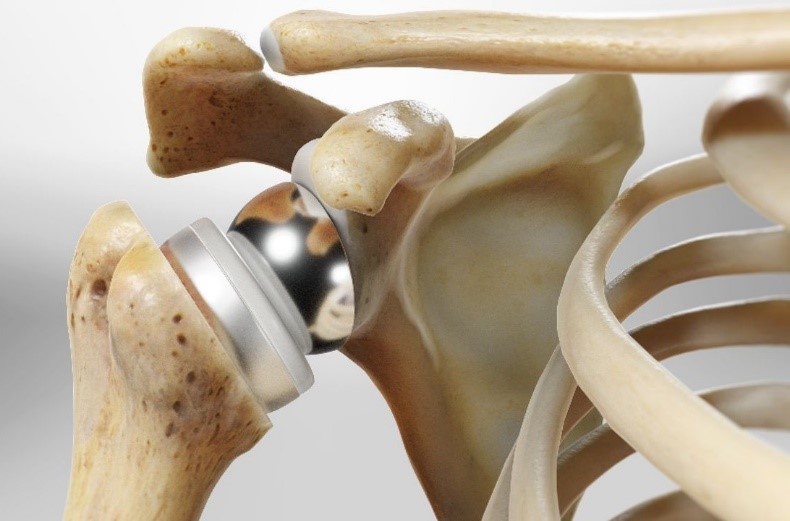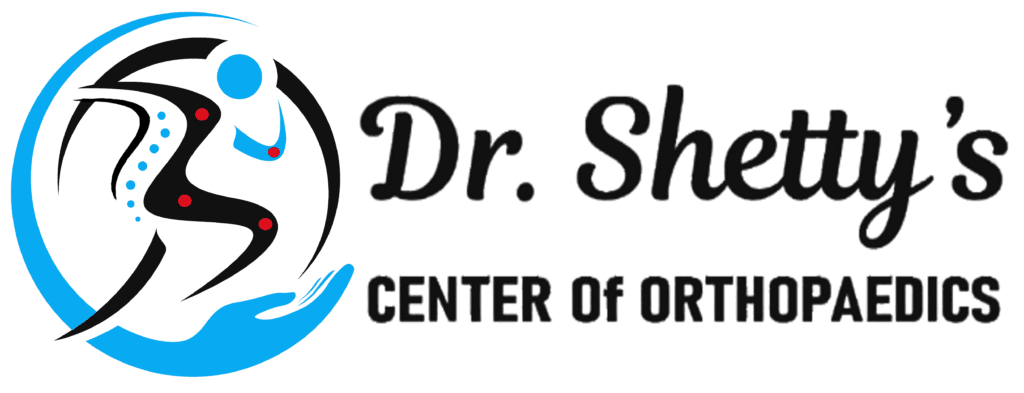Dr. Akshay Shetty Orthopaedics
Reverse Shoulder Arthroplasty
Reverse Shoulder Arthroplasty
Reverse shoulder arthroplasty is the procedure wherein the orientation of the ball and socket joint is reversed, which is most helpful to patients who have an irreparable rotator cuff with significantly affected function. Even patients with arthritis due to a rotator cuff tear (rotator cuff arthropathy) do very well and get their function back with the help of this procedure. It uses a convex glenoid hemispheric ball (attached to the glenoid socket) and a concave humerus articulating cup (inserted into the upper part of the arm bone with the help of a press-fit stem passed into the arthroplasty). A plastic concave cup is fitted to the glenoid socket, and a convex metal ball is attached to the upper part of the arm bone (humerus). During the surgery, a surgeon removes the damaged, worn, and torn parts of the shoulder and replaces them with metal (Co-Cr alloy) and ultra-high-molecular-weight polyethene parts.

Indications-
- Irreparable massively retracted rotator cuff with significantly affected quality of life
- Rotator cuff arthropathy
- Complex fracture of the shoulder joint.
- Tumour of the shoulder joint.
- A previous shoulder replacement that was unsuccessful
How is reverse shoulder arthroplasty different from conventional arthroplasty?
A reverse total shoulder replacement works better for people with cuff tear arthropathy because it relies on different muscles to move the arm. In a healthy shoulder, the rotator cuff muscles help position and power the arm during the motion range. A conventional replacement device also uses the rotator cuff muscles to function properly. These muscles no longer function in a patient with a large rotator cuff tear. This reverse shoulder arthroplasty relies on deltoid muscles instead of rotator cuff muscles to position and power the arm.
